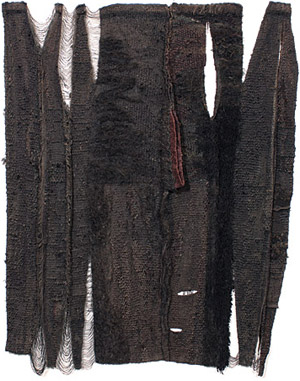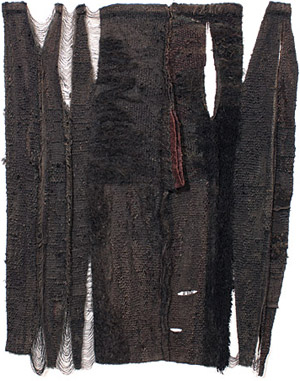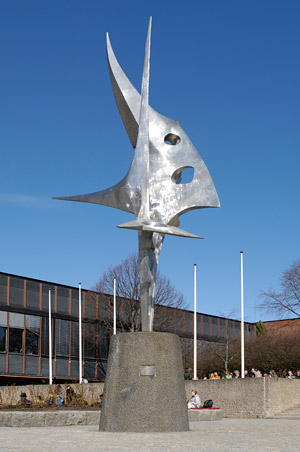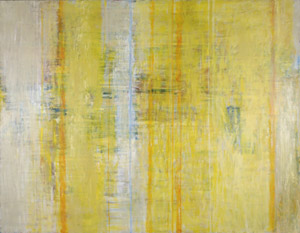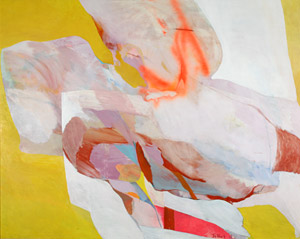The first portraits in the collection were gifted to the university in 1835 and feature the theologians Hersleb and Stenersen. Since then the portrait collection has grown to around 400 artworks.
Decorative works make up the balance of the collection. The very active acquisition of artworks in the 1960s and 1970s was driven by recognition of the important role that art plays at the university. In letters and notes from the period, the words, "decoration", "experience", and "art education" are often mentioned. Many important works were acquired during this period as a result of the cooperative work between art historians and Blindern's architects. In 1967, for example, Triptyque noir, by the Polish textile artist Magdalena Abakanowicz was purchased. Architect Leif Olav Moen was the driving force behind the acquisition. In a letter, he wrote, "The artistic quality of these textiles is of a very high international standard and there is no doubt that they will have a great influence, not only on textile art and other figurative art, but also on perceptions of art." The year after that, Naum Gabo's Constructed Head No. 2 was installed at Blindern.
Abstract painting from the period is represented in the collection by, among others, Inger Sitter's Hud ("skin") from 1967 and Arne Malmedal's Gult bilde ("Gold picture") from 1968.
The Blindern campus is also the home of what is known as Norway's first monumental abstract sculpture, Air by Arnold Haukeland. It was a gift from AS Freia Company to the university to celebrate the University of Oslo's 150th year in operation. Stefanny Hillg?rds Tankens lek was installed in 1970.
The need for art in offices and common rooms has resulted in the purchase of a sizeable number of prints by both well-known and lesser known artists. These purchases have been made by the central administration, “Velferdsutvalget” (the university's employee welfare committee), and by the individual academic milieus.
The art collection contributes to the university's identity as a cultural institution. This identity is further enhanced by the many large scale installations that have become an integrated part of the university environment, thanks to KORO - Kunst i offentlige rom/Public Art Norway (previously the fund for the decoration of public buildings).
